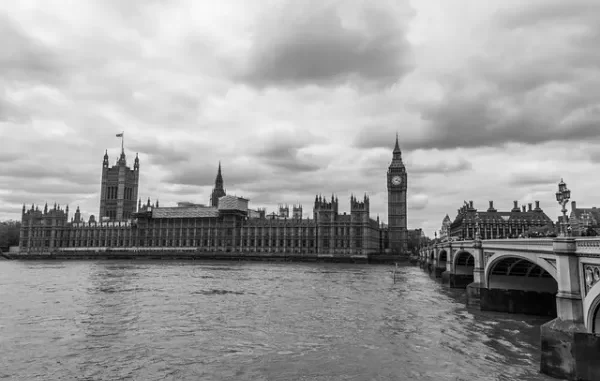
Nestled in the heart of London, Westminster Abbey stands as a living testament to centuries of British history, culture, and faith. With its soaring spires and intricate Gothic architecture, the abbey has been a witness to coronations, royal weddings, and the final resting place of numerous luminaries. As we embark on a journey through the hallowed halls of Westminster Abbey, we uncover a rich tapestry of facts that illuminate its significance and legacy.
A Tapestry of Time and Tradition: Facts About Westminster Abbey
1. Historical Foundations: Dating back to the 10th century, Westminster Abbey has weathered the sands of time. Its origins can be traced to the vision of Edward the Confessor, who built the original church on this site. The current structure, however, was largely constructed during the 13th to 16th centuries. The abbey has borne witness to the coronation of every English and British monarch since William the Conqueror in 1066, solidifying its role as the sacred stage for the country’s royal ceremonies.
2. Poets’ Corner: Within the hallowed halls of Westminster Abbey lies the famed Poets’ Corner, a literary sanctuary where some of the greatest minds in English literature find their eternal rest. The final resting places of luminaries such as Geoffrey Chaucer, Charles Dickens, and William Wordsworth are marked by solemn memorials and epitaphs. This corner serves not only as a tribute to their literary contributions but also as a pilgrimage site for admirers of the written word.
3. Royal Connections: The abbey is steeped in royal history, serving as the burial site for numerous monarchs and key figures in the British monarchy. The Royal Chapels within the abbey house the tombs of Queen Elizabeth I, Mary Queen of Scots, and Edward the Confessor, among others. The stunning Lady Chapel, an exquisite example of English Perpendicular Gothic architecture, stands as a testament to the abbey’s royal associations.
4. The Coronation Chair: A centerpiece in the abbey’s history is the Coronation Chair, constructed in 1296 to house the Stone of Scone, a symbol of Scottish and later English royal authority. Every British monarch since Edward I has been crowned in this ancient seat, making it a profound symbol of continuity and tradition in the coronation ceremonies.
5. Stained Glass Marvels: Westminster Abbey boasts a breathtaking array of stained glass windows, each telling its own visual narrative. The Great West Window, installed in the early 18th century, is particularly noteworthy for its intricate design and vibrant colors. These windows not only illuminate the interior but also serve as visual chronicles of biblical stories and historical events.
Facts About Westminster Abbey: A Tapestry of Time

Westminster Abbey, a monumental masterpiece of Gothic architecture, is a living chronicle of England’s rich history and cultural heritage. Its origins date back over a millennium, with the first church built on the site by Edward the Confessor in the 11th century. However, the present structure, adorned with flying buttresses, intricate carvings, and majestic towers, took shape during the 13th to 16th centuries.
A notable feature is the Poets’ Corner, a literary sanctuary within the abbey where the final resting places of celebrated writers like Geoffrey Chaucer, Charles Dickens, and William Wordsworth are honored. This corner serves as a poignant homage to the literary luminaries who have contributed significantly to the English language and its literary landscape.
The abbey is deeply intertwined with the monarchy, serving as the sacred stage for coronations since the Norman Conquest in 1066. The Coronation Chair, a venerable symbol of royal authority, houses the Stone of Scone and has cradled every British monarch during their coronation ceremony since Edward I.
The Royal Chapels within Westminster Abbey contain the tombs of monarchs such as Queen Elizabeth I, Mary Queen of Scots, and Edward the Confessor, turning the sacred space into a repository of regal history. With its stunning stained glass windows, awe-inspiring architecture, and revered role in the annals of British royalty, Westminster Abbey stands as an enduring testament to the nation’s cultural and historical identity.
Conclusion: In its stones and arches, Westminster Abbey encapsulates the essence of British history and culture. From the echoes of coronations to the whispers of poets, each corner of the abbey holds a story waiting to be uncovered. As a living testament to the nation’s past and present, Westminster Abbey continues to stand as a symbol of endurance, tradition, and the enduring spirit of a people.
Leave a Reply